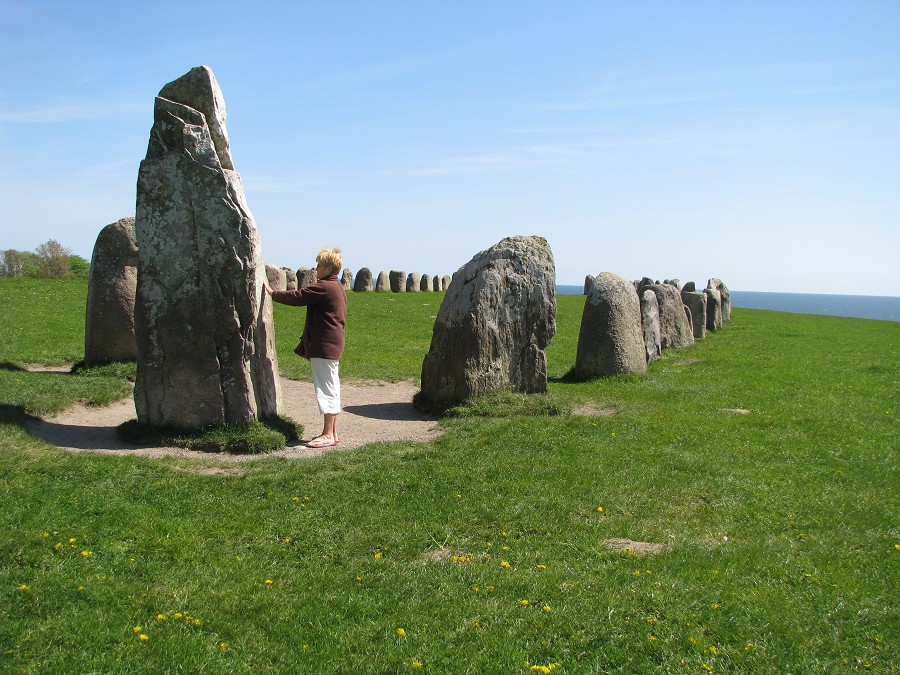

Times are tough all over so, now is the time for us all to let our creative side and invent new ways to generate income for ourselves, and that’s exactly what Dominic Deville of Sweden has done.
The creative and entrepreneurial actor has earned his new business quite the bit of press recently for being, well… weird!
The Huffington Post writes:
Attention parents: Just in case your children don’t have anything to talk about in therapy, here’s something you might want to consider:
Dominic Deville rents himself out as an “evil birthday clown” who leaves scary notes for your children, warning them that they’re being watched and that they’ll soon be attacked.
At the end of a terrifying week, your child will indeed be attacked. Deville, wearing a freaky clown mask, will smash a cake into your child’s face, Metro reported.
Deville is capitalizing on what has become a mainstay for all circus-going kids: the fear of clowns. You may think Stephen King’s “It” was scary, but Deville will keep you shaking in your big, red floppy shoes.
Read more at huffingtonpost.com


